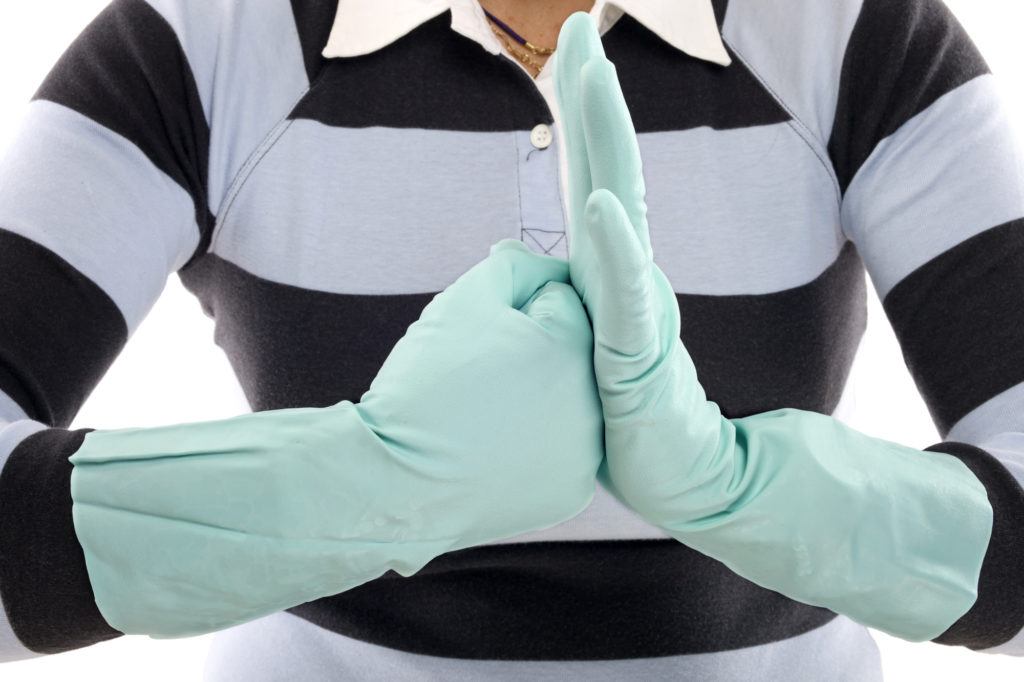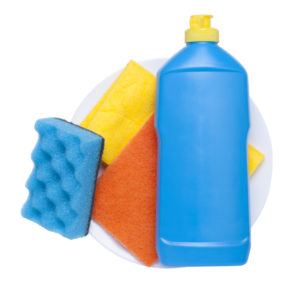 For some reason some people think that the worst harbor of various bacteria is located in the bathroom, specifically on the toilet seat. But truth is toilets don’t harbor as much bacteria as one might think. Most likely you clean and disinfect your toilets on a regular basis, and their smooth, dry surfaces aren’t easy spots for bacteria to grow.
For some reason some people think that the worst harbor of various bacteria is located in the bathroom, specifically on the toilet seat. But truth is toilets don’t harbor as much bacteria as one might think. Most likely you clean and disinfect your toilets on a regular basis, and their smooth, dry surfaces aren’t easy spots for bacteria to grow.
Germs include bacteria, viruses, and other microorganisms and unfortunately they are everywhere at your home. The good news is that most of them can’t harm us, but some germs can be very annoying and uncomfortable, even posing health hazard. They are either viral or bacterial and can cause a common allergy as well as a disturbing infection.
This article will unfold some unexpected new spots where germs like to “feast” and easy solutions to keep all your family protected and healthy.
- Welcome mat
Welcome mat greets not only your guests, but also all the bugs on your guests’ shoe soles. Actually the area at your front door is one of the dirtiest in the house. Once bacteria conquer your mat, anytime you step on it, you provide them with a free access into your home.
Cleaning solution: Spray the doormat with a fabric-safe disinfectant every week and wash it once a month in soapy water. Leave shoes at the door and avoid putting grocery bags on the mat.
- The kitchen sink, sponges and dish rags

A germ study by NSF International (a non-profit research group) discovered that sponges and dish rags are the “germiest” items at your home – even more than toothbrush holders. Not only do bacteria grow on your kitchen sponge, but you spread them all over the kitchen appliances every time you wipe down counters and the stove. The damp environment and microscopic food scraps provide a perfect environment for germs like E. coli and Staphylococcus to thrive. Kitchen drains and sinks are also frequent germ spots. Many people neglect their sink cleaning and fail to sanitize it as it should be. Running water and a quick wipe down won’t do the trick.
Cleaning solution: Once a week sanitize your sink with dish-detergent and diluted bleach to get rid of the food leftovers and other microscopic items. Household cleaners with bleach can be applied in cleaning up your kitchen.
- Vacuum cleaner
Spreadable germs sit in the vacuum cleaner bag. Vacuums (including their brushes and bags) are like meals on wheels for all kinds of bacteria. A recent study by Charles Gerba, PhD, professor of environmental biology at the University of Arizona, discovered that 13% of all vacuum cleaner brushes tested positive for E.coli, consequently each time you use the vacuum cleaner, you spread this bacterium around the house.
Cleaning solution: If you have a disposable vacuum bag, change it frequently outside to avoid the cloud of bacteria that vapors into the air. Vacuum bags with antibacterial linings are the best, many major brands provide them. If your vacuum cleaner has a reusable container, clean it once a week with diluted bleach and let it air-dry.
- Dish towel
You just found out that a sponge can harbor dangerous germs, but dish towels are as bad. We often use them to wipe up spills, then forget about that and reuse before washing them, which increases germs growth.
Cleaning solution: buy paper towels to wipe countertops and save the dish towel for dishes and plates. Change towels and wash them at high temperatures twice a week.
- Cell phone
Do you drop your cell phone any place where you see fit? Several studies proved that cell phones carry tons of bacteria, including staphylococcus (causing skin infections), pseudomonas (eye infections), and salmonella (stomach disorders). Many electronic gadgets are enclosed in leather or vinyl cases, providing plenty of crevices for germs to harbor and multiply.
Cleaning solution: Use a disinfecting wipe twice a week to wipe your phone off and choose a separate place for it to rest.
- Computer keyboard

Your computer keyboard is crowded with a bunch of germs and bacteria. Keyboards are almost never cleaned with tiny cracks and crevices that make it a great shelter for germs. Your keyboard is frequently touched and this means that it carries excessive amounts of germs.
Cleaning solution: Shake the crumbs off and out of your computer keyboard and vacuum it with the help of the hand held tube attached to your vacuum or use a keyboard special cleaner. You can wipe it down lightly with wet wipe containing alcohol, but avoid washing it with water. To keep the keyboard clean, wash your hands before typing and avoid sneezing, coughing and eating anywhere near your keyboard.
- Coffeemaker

How can something that serves as a great tool in making your cup of fresh coffee every morning be so full of germs?! Yes, coffeemakers were ranked fifth in the germiest places at home according to NSF International (a non-profit research group), with mold discovered in 50 % of those tested. Dark, damp locations are prime areas for mold and mildew to grow.
Cleaning solution: At least once a month add diluted solution of citric acid to the coffee maker water container and let it sit for half an hour. Then run the solution through the unit. After this run a few cycles of fresh water through the coffee maker until the unpleasant odor is gone.
Germs and bacteria that cause major illnesses can be found all over your home no matter how clean it might appear. You cannot get rid of them completely, but by using the proper washing and sanitizing techniques you can eliminate and prevent most of these uninvited guests from becoming permanent inhabitants of your home.
At Pomona Valley Plumbing Heating & Air Conditioning we are dedicated to cleanliness and can ensure the proper operation and maintenance of your plumbing, ventilation and air conditioning units all year round. Call today!

 For some reason some people think that the worst harbor of various bacteria is located in the bathroom, specifically on the toilet seat. But truth is toilets don’t harbor as much bacteria as one might think. Most likely you clean and disinfect your toilets on a regular basis, and their smooth, dry surfaces aren’t easy spots for bacteria to grow.
For some reason some people think that the worst harbor of various bacteria is located in the bathroom, specifically on the toilet seat. But truth is toilets don’t harbor as much bacteria as one might think. Most likely you clean and disinfect your toilets on a regular basis, and their smooth, dry surfaces aren’t easy spots for bacteria to grow.

